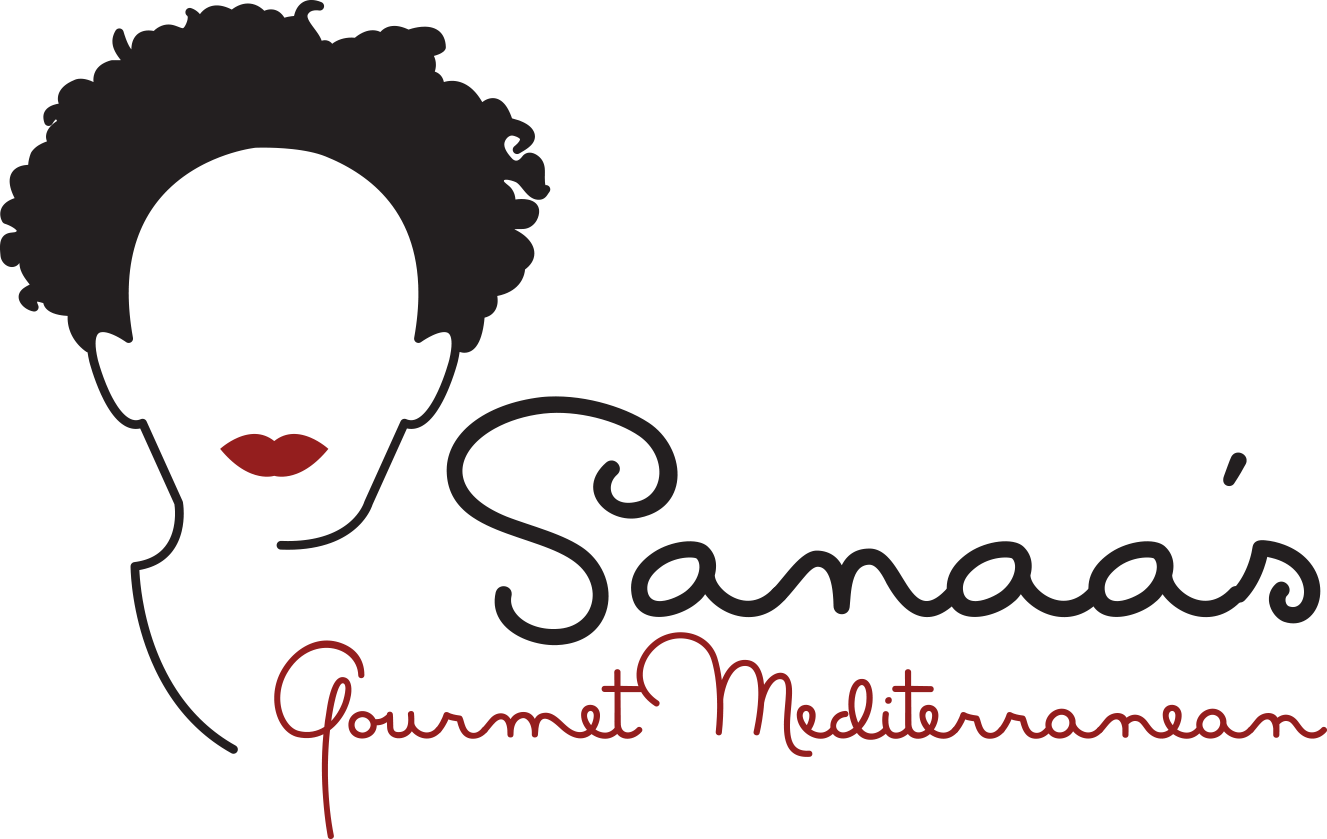Citrus Fruit/Orange and milk pudding with pistachio
Although I was born in Damascus, I spent a lot of time growing up in the small Syrian village of Safsafi. Where my father works a farm that grows peanuts, vegetables, olives and citrus. Whenever I close my eyes I can smell the wonderful aroma of citrus blossoms–oranges, lemons and grapefruit–that bloom in April.Food historians believe that the common ancestor of all of today’s citurs fruit began in India, or possibly in the Tigris or Euphrates vally, in present day Iraq. From there it spread throughout the Middle East, and the Crusaders took small citrus trees back with them to Europe. Spaniards took citrus to the New World.In ancient times, when European countries sent out ships for exploration and conquest, it was discovered that at least two-thirds of the crews died on their prolonged trips. The ships’s captains at first could not learn why so many of their ships”crews came down with a disease called scurvy, a disease that struck only when the ship’s supplies of fresh citrus ran out. Finally, someone put two and two together and discovered that it was citrus fruit that was preventing the scurvy. The order went out with Spanish ships to take citrus seeds with them and plant them in any country the crew explored, giving them the needed citrus for the return voyage. Even though they did not understand that it was the Vitamin C contained in citrus fruit that prevented scurvy, they understood that the citrus somehow prevented the disease from striking.Around the Mediterreanan the art of using every part of citrus has been developed. Lemon and orange blossoms are made into orange blossom water, used in most Middle Eastern desserts. The skin either candied and eaten that way, or it is dried and kept in the linen closets to keep everything smelling fresh. After citrus juice is squeezed, the unused peel is used to remove the tarnish from copper utensils. As in America, fish mongers and cooks use lemon juice to clean their hands and arms after cleaning fish.Milk and Orange Puddingserves 4Milk pudding:4 tablespoons cornstarch 1/2 cup water4 cup milk1/2 cup sugar1 tablespoons orange blossom water*Orange pudding:2 tablespoons cornstarch2 cup orange juice1/2 cup sugar1/4 cup water1 tablespoons orange blossom water*Garnish, optional:1 cup unsalted chopped pistachio nuts-For the milk pudding, dissolve the cornstarch in the water. Heat the milk in a heavy saucepan over medium heat.-Add the sugar and the dissolved cornstarch. Mix well. Continue to simmer, stirring constantly with a wooden spoon. Be careful not to scrape the bottom of the pan. The milk might burn slightly at the bottom and if it is scraped it will give a burned taste to the whole pudding. When you feel slight resistance while stirring, and the mixture coats the back of the spoon, it has thickened sufficiently. Add orange blossom water, stir and cook for extra minute. Remove from the heat, allow to cool slightly, then pour the pudding into ice cream or soda dishes. Leave at least 1-inch space at the top to make room for the orange topping. Let it cool while you are making the orange pudding.-For the orange pudding: follow the same steps as milk pudding, replacing the milk with orange juice. After you remove the orange pudding from the heat, allow it to cool slightly. Pour approximately a 1/2-inch layer of the orange topping slowly on top the milk pudding.-Chill for four hours or overnight.-Sprinkle with the pistachio nuts just before serving.*You can find orange blossom water at any Gourmet stores or Middle Eastern stores.
1/2 cup water4 cup milk1/2 cup sugar1 tablespoons orange blossom water*Orange pudding:2 tablespoons cornstarch2 cup orange juice1/2 cup sugar1/4 cup water1 tablespoons orange blossom water*Garnish, optional:1 cup unsalted chopped pistachio nuts-For the milk pudding, dissolve the cornstarch in the water. Heat the milk in a heavy saucepan over medium heat.-Add the sugar and the dissolved cornstarch. Mix well. Continue to simmer, stirring constantly with a wooden spoon. Be careful not to scrape the bottom of the pan. The milk might burn slightly at the bottom and if it is scraped it will give a burned taste to the whole pudding. When you feel slight resistance while stirring, and the mixture coats the back of the spoon, it has thickened sufficiently. Add orange blossom water, stir and cook for extra minute. Remove from the heat, allow to cool slightly, then pour the pudding into ice cream or soda dishes. Leave at least 1-inch space at the top to make room for the orange topping. Let it cool while you are making the orange pudding.-For the orange pudding: follow the same steps as milk pudding, replacing the milk with orange juice. After you remove the orange pudding from the heat, allow it to cool slightly. Pour approximately a 1/2-inch layer of the orange topping slowly on top the milk pudding.-Chill for four hours or overnight.-Sprinkle with the pistachio nuts just before serving.*You can find orange blossom water at any Gourmet stores or Middle Eastern stores.
